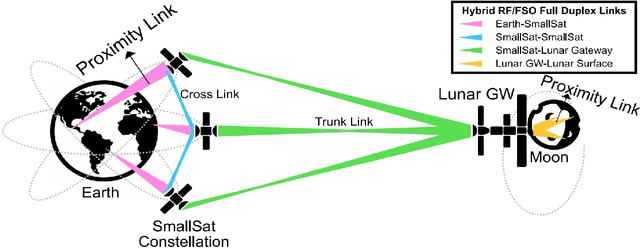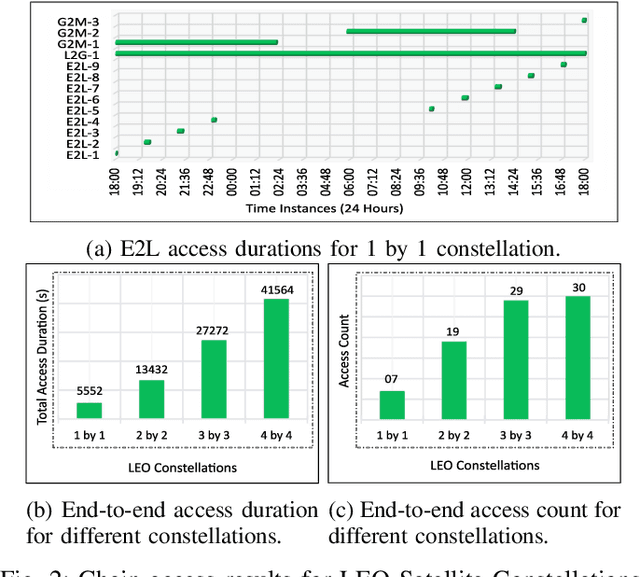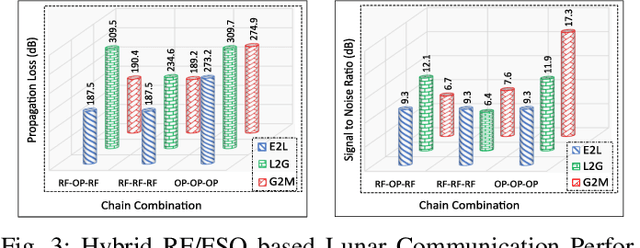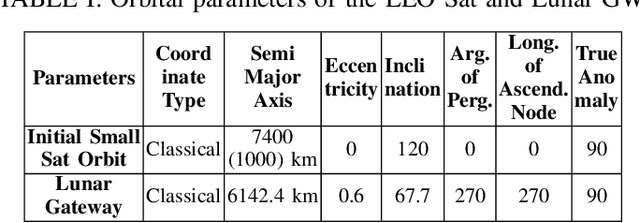John OHara
Towards a Hybrid RF/Optical Lunar Communication System (LunarComm)
Mar 29, 2022



Abstract:The prospect of mankind returning to the Moon has garnered a great amount of attention in recent years. Dozens of lunar missions are planned for the coming decade which will require the development of a sustainable communication infrastructure with high data rates and minimal latency. Space communication systems thus far have relied on Radio Frequency (RF) links alone, but recent developments in laser communications have demonstrated that Free Space Optical (FSO) links can achieve much higher data rates. Upon considering the respective benefits and drawbacks of RF and FSO links, we make a case for the integration of these two technologies into a hybrid RF/FSO lunar communications architecture which leverages small satellites in a Low Earth Orbit (LEO) constellation. We include a case study for this technology designed in Analytical Graphics Systems Tool Kit (STK) software. Results are presented in terms of chain access duration, propagation delay, transmission loss, Signal-to-Noise Ratio (SNR), and Bit Error Rate (BER). This architecture shows potential to revolutionize extraterrestrial communications and pave the way for highly ambitious future missions in space.
Fundamental Performance Limits on Terahertz Wireless Links Imposed by Group Velocity Dispersion
Apr 26, 2021



Abstract:A theoretical framework and numerical simulations quantifying the impact of atmospheric group velocity dispersion on wireless terahertz communication link error rate were developed based upon experimental work. We present, for the first time, predictions of symbol error rate as a function of link distance, signal bandwidth, signal-to-noise ratio, and atmospheric conditions, revealing that long-distance, broadband terahertz communication systems may be limited by inter-symbol interference stemming from group velocity dispersion, rather than attenuation. In such dispersion limited links, increasing signal strength does not improve the symbol error rate and, consequently, theoretical predictions of symbol error rate based only on signal-to-noise ratio are invalid for the broadband case. This work establishes a new and necessary foundation for link budget analysis in future long-distance terahertz communication systems that accounts for the non-negligible effects of both attenuation and dispersion.
 Add to Chrome
Add to Chrome Add to Firefox
Add to Firefox Add to Edge
Add to Edge